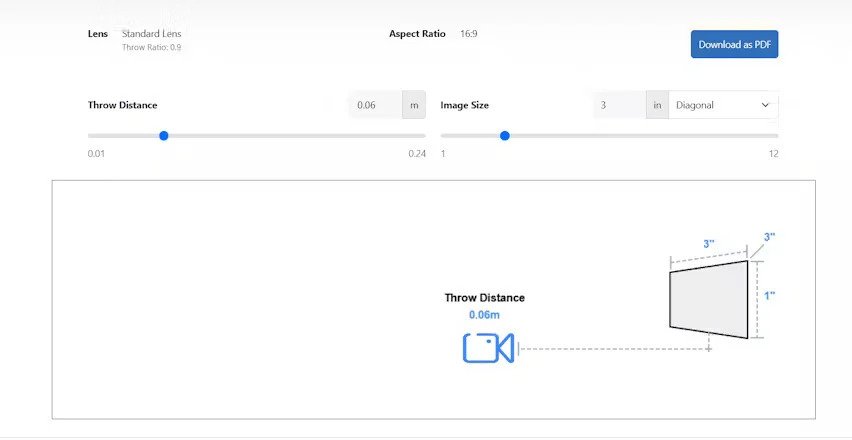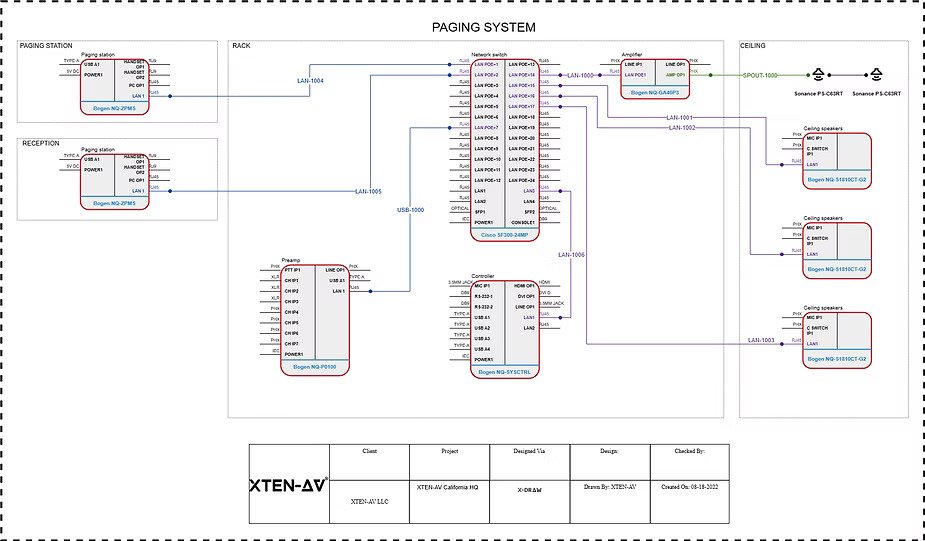In today’s fast-paced business world, financial reporting and analysis are more crucial than ever. Companies need accurate, timely, and detailed insights to make informed decisions and maintain a competitive advantage. However, manual financial processes are often slow, error-prone, and labor-intensive.
That’s where automation comes in. By leveraging technology to streamline financial workflows, businesses can enhance efficiency, reduce human error, and gain more valuable insights from their financial data. This way, businesses can streamline their operations and cut down on extra expenses in their daily routine.
In this blog, we’ll explore six key ways automation is transforming financial reporting and analysis.
6 Ways Automation Enhances Financial Reporting and Analysis
Automation enhances financial reporting and analysis by streamlining data collection, improving accuracy, and ensuring real-time insights. It simplifies system integration, making it easier to consolidate financial data from multiple sources. By automating routine processes, businesses can generate reports faster, reduce errors, and maintain compliance with evolving regulations, ultimately empowering decision-makers with timely, reliable financial information.
Let’s read ahead to explore some ways automation enhances financial reporting and analysis.
1. Automating Data Collection
One of the most time-consuming aspects of financial reporting is data collection. Traditionally, gathering financial data from various systems and sources required manual effort, often leading to delays and inaccuracies. Automation eliminates this challenge by enabling seamless integration of financial systems, collecting data from multiple sources in real time.
With automated data collection, businesses can consolidate financial information faster and more accurately, freeing up valuable time for analysts to focus on interpreting the data rather than gathering it. Get in touch with Xeratek today to automate your financial processes and take your business to another level.
2. Simplifying Integration
Financial data often comes from a variety of sources—accounting software, ERP systems, payroll providers, tax tools, and more. Without automation, integrating these disparate systems can be a headache, leading to discrepancies and inefficiencies. Automation simplifies this process by enabling systems to communicate with each other seamlessly.
With integrated systems, data flows more efficiently, ensuring consistency across reports. The result is faster reporting cycles, fewer errors, and more reliable insights. Automation also makes it easier to scale, as new systems can be added without disrupting the entire reporting framework.
Read also: Best Digital Publishing Solutions in 2025
3. Streamlining the Reporting Process
Traditionally, creating financial reports required significant manual input, from data extraction to calculations and formatting. Automation streamlines the entire process by automatically generating reports, reducing the time and effort needed to compile financial statements.
With the ability to customize reports in real-time, financial teams can quickly produce accurate and comprehensive statements without the bottlenecks associated with manual preparation. Additionally, automation allows for the creation of recurring reports, ensuring that financial data is always up to date and available at the click of a button.
4. Enhancing Accuracy and Consistency
Human errors—whether in data entry, formula application, or manual calculations—are inevitable in traditional financial reporting. These mistakes can lead to costly inaccuracies and poor decision-making. Automation enhances the accuracy and consistency of financial reports by eliminating manual interventions.
Automated systems perform calculations and data entries based on pre-set parameters, ensuring that the figures are consistently correct. As a result, businesses can trust the numbers in their reports, reducing the risk of financial discrepancies and the time spent on corrective actions.
5. Improving Compliance and Regulatory Reporting
Compliance with accounting standards and regulatory requirements is critical, and the consequences of non-compliance can be severe. Manual reporting processes are often prone to errors, and keeping up with frequent changes in laws and regulations can be overwhelming. Automation simplifies compliance by ensuring that reports are generated in accordance with the latest regulations and accounting standards.
Automated systems can be updated quickly to reflect changes in tax laws, reporting requirements, or industry standards, reducing the risk of non-compliance. Additionally, automation can automatically generate audit trails and supporting documentation, making it easier to respond to regulatory inquiries.
6. Providing Real-Time Financial Insights
In today’s fast-moving business environment, having access to real-time financial data is crucial for making timely and informed decisions. Automation enables businesses to access up-to-the-minute financial insights by continuously updating data from various sources.
With real-time access to financial information, decision-makers can monitor cash flow, track performance metrics, and identify potential issues before they become critical. This dynamic approach to financial reporting and analysis allows businesses to react quickly to changing market conditions, seize opportunities, and mitigate risks more effectively.
Automation Is the Future Of Finance
Automation is revolutionizing the world of financial reporting and analysis, making it faster, more accurate, and more insightful. By automating data collection, simplifying system integration, and streamlining reporting processes, businesses can save valuable time and reduce human error. By adopting automated financial reporting systems, businesses not only improve operational efficiency but also gain the ability to make smarter, data-driven decisions. Get in touch with reliable financial process automation experts to secure your business growth and future.













Leave a Reply